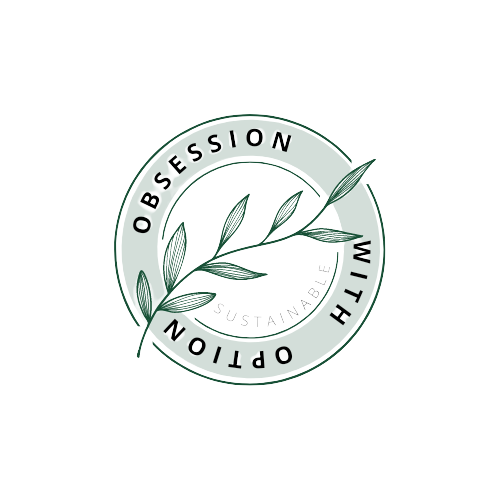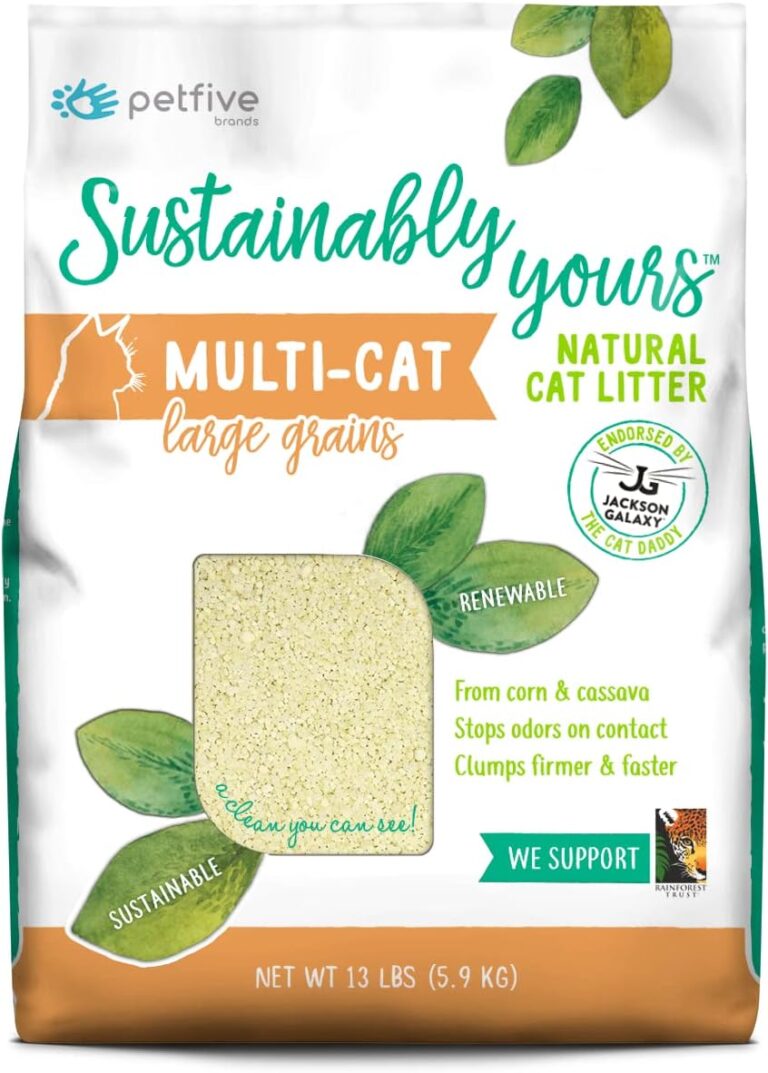Are you curious about the environmental impact of sheep wool production? Look no further than “Assessing Sheep Wool’s Sustainability.” This innovative product provides a comprehensive evaluation of the sustainability of sheep wool, allowing consumers and industry professionals to make informed choices. By examining various factors such as carbon footprint, water usage, and animal welfare, “Assessing Sheep Wool’s Sustainability” sheds light on the ecological viability of this popular textile. Join the movement towards responsible and sustainable fashion by harnessing the power of knowledge with this groundbreaking assessment tool.
What is sustainability?
Defining sustainability
Sustainability refers to the practice of using resources in a way that meets the needs of the present generation without compromising the ability of future generations to meet their own needs. It encompasses a range of factors, including environmental, economic, and social considerations, in order to ensure long-term viability and resilience. In essence, sustainability involves making choices and taking actions that are mindful of the impact on the planet, society, and the economy.
Importance of sustainability
Sustainability plays a crucial role in addressing the pressing issues of climate change, environmental degradation, and resource scarcity. By incorporating sustainable practices into various industries, we can minimize the negative impacts on the environment, promote social well-being, and create a more sustainable future for all. It is essential to prioritize sustainability in order to preserve natural ecosystems, protect biodiversity, and reduce the carbon footprint associated with human activities.
Sheep wool production
Sheep wool as a renewable resource
Sheep wool is a valuable renewable resource that has been utilized by humans for thousands of years. It is harvested from sheep through shearing, a process that does not harm the animals. Unlike non-renewable resources such as fossil fuels, sheep wool can be regrown and harvested annually, making it a sustainable material for various applications.

Environmental impact of sheep wool production
The production of sheep wool can have both positive and negative environmental impacts. On the positive side, sheep farming can support grazing land that provides habitats for various plant and animal species, thereby contributing to biodiversity conservation. Additionally, sheep wool is biodegradable, meaning it can break down naturally over time without causing long-term harm to the environment.
However, the environmental impact of sheep wool production is not without its challenges. Sheep produce methane, a potent greenhouse gas, through their digestive process. Methane contributes to global warming and climate change. Additionally, intensive sheep farming practices can lead to soil erosion, habitat destruction, and water pollution, especially if not managed properly. It is crucial to adopt sustainable farming practices that minimize these negative impacts.
Economic sustainability of sheep wool production
Sheep wool production also contributes to economic sustainability. It provides income for farmers, shearers, and workers involved in the wool processing industry. Moreover, sheep farming can support rural communities by creating employment opportunities and stimulating local economies. By emphasizing sustainable practices and fair trade principles, the sheep wool industry can contribute to a more equitable and economically viable future.

Sheep welfare and biodiversity
Impact of sheep farming on biodiversity
Sheep farming can have both positive and negative impacts on biodiversity. On one hand, well-managed pastureland grazed by sheep can provide habitats for a diverse range of plant species, thereby supporting ecosystem health and biodiversity. Sheep can also help to control invasive plant species by grazing on them. However, intensification of sheep farming with large numbers of animals in a confined space can lead to overgrazing, soil compaction, and degradation of natural habitats, thus negatively impacting biodiversity. It is important for farmers to adopt sustainable grazing practices that strike a balance between the needs of grazing animals and the preservation of biodiversity.
Animal welfare considerations in sheep farming
The welfare of sheep is an important aspect of sustainable sheep wool production. Practices such as mulesing, which involves the removal of strips of skin from the sheep’s backside to prevent flystrike, have been a subject of concern due to the potential pain and distress caused to the animals. However, there has been a growing movement towards more humane practices, including alternatives to mulesing and the use of pain relief during shearing. Ensuring good animal welfare not only aligns with ethical principles but also contributes to the overall sustainability of the industry by promoting healthier sheep and reducing stress-related issues.
Carbon footprint of sheep wool
Assessing the carbon emissions of sheep wool
Assessing the carbon footprint of sheep wool involves considering the emissions associated with sheep farming, wool processing, and transportation. Sheep emit methane through their digestive processes, which is a potent greenhouse gas. Additionally, energy-intensive processes such as washing, carding, and spinning wool can contribute to carbon emissions. By conducting life cycle assessments and implementing measures to reduce carbon emissions, the sheep wool industry can work towards minimizing its environmental impact and contributing to climate change mitigation efforts.
Comparing the carbon footprint of sheep wool to other fibers
When comparing the carbon footprint of sheep wool to other fibers, it is important to consider the entire life cycle of each material. While sheep wool does have its own carbon emissions associated with sheep farming and processing, it is important to note that sheep grazing can sequester carbon in the soil, helping to offset some of the emissions. Additionally, compared to synthetic fibers such as polyester, sheep wool has a lower carbon footprint due to its renewable and biodegradable nature. However, more research and innovation are needed to further improve the sustainability of sheep wool production and make more accurate comparisons with other fibers.

Lifespan and durability
Longevity of sheep wool products
Sheep wool products are known for their longevity and durability. Wool fibers have a unique structure that makes them resistant to wrinkles and creases, allowing woolen garments to maintain their shape and appearance over time. Additionally, wool has excellent elasticity, meaning it can stretch and recover without losing its original form. These qualities contribute to the lifespan of sheep wool products, reducing the need for frequent replacements and ultimately reducing waste.
Factors influencing the durability of sheep wool
Several factors can influence the durability of sheep wool products. Proper care and maintenance play a crucial role in preserving the quality and lifespan of woolen garments. Following the care instructions, such as hand washing or dry cleaning as recommended, can prevent shrinkage, pilling, and other common issues associated with wool. Additionally, the quality of the wool itself, including factors such as fiber length, crimp, and strength, can influence the durability of the end products. By focusing on high-quality wool and promoting proper care practices, the sheep wool industry can further enhance the durability and longevity of its products.
Water usage in sheep wool production
Water consumption in sheep farming
Sheep farming requires water for various purposes, including livestock drinking water, irrigation for pastureland, and cleaning facilities. However, the water consumption associated with sheep farming can vary depending on climatic conditions, farming practices, and availability of water resources. Efficient water management strategies, such as capturing and reusing rainwater, implementing irrigation technologies, and improving water conservation practices, can help reduce the overall water footprint of sheep wool production.
Water usage during wool processing
Water is also used during the processing of sheep wool. Washing, scouring, and dyeing wool typically require significant amounts of water. It is important for the industry to adopt water-efficient technologies and practices, such as recycling and treating wastewater, to minimize the water usage and potential pollution associated with wool processing. By implementing sustainable water management strategies throughout the entire production chain, the sheep wool industry can reduce its water footprint and contribute to water conservation efforts.
Management of waste in sheep wool production

Wool waste and its environmental impact
Wool waste in sheep wool production can arise from various stages, including shearing waste, offcuts from textile manufacturing, and discarded or damaged products. While wool is biodegradable and can break down naturally, large amounts of waste can still have environmental impacts if not managed properly. Wool waste can contribute to the release of methane gas when disposed of in landfills, as well as potential pollution if not handled and processed appropriately. Implementing waste management strategies, such as recycling, upcycling, and composting, can minimize the environmental impact of wool waste and maximize its potential value.
Waste management strategies in the sheep wool industry
The sheep wool industry has been actively exploring waste management strategies to reduce the amount of waste generated and maximize resource efficiency. Recycling wool waste into new products, such as insulation materials or yarns for weaving, can help close the loop and reduce the demand for virgin resources. Upcycling, which involves transforming waste wool into higher-value products, is another approach that can enhance the sustainability and economic viability of the industry. Additionally, composting wool waste can be a beneficial way to return nutrients to the soil and support organic farming practices.
Chemical usage in sheep wool production
Pesticides and insecticides in sheep farming
Sheep farming may involve the use of pesticides and insecticides to protect the animals from parasites, pests, and diseases. However, the use of these chemicals can have negative impacts on the environment and potentially pose risks to human health. It is important for farmers to adopt integrated pest management strategies that prioritize non-chemical methods, such as rotational grazing, pasture management, and genetic selection for parasite resistance. By minimizing the use of pesticides and insecticides, the sheep wool industry can contribute to healthier ecosystems and reduce potential contamination in the environment.
Chemical treatments in wool processing
Wool processing often involves chemical treatments to remove impurities, deter pests, and improve the quality and appearance of the wool. However, the use of certain chemicals, such as chlorine-based bleaches and synthetic dyes, can have adverse effects on the environment and human health. The industry has been exploring alternatives, such as eco-friendly dyes and natural treatments, to reduce the reliance on chemical substances. Additionally, stricter regulations and certifications can help ensure that chemicals used in wool processing meet strict environmental and health standards.
Social and cultural aspects of sheep wool
Importance of sheep wool in traditional societies
Sheep wool plays a significant role in many traditional societies around the world. It has been utilized for centuries in the production of various cultural and traditional products, including clothing, rugs, and handicrafts. Sheep wool represents a cultural heritage and symbolizes the connection between humans and nature. Preserving and promoting the use of sheep wool in traditional societies not only helps to maintain cultural identity but also supports the livelihoods of artisans and local communities.
Social impact of sheep wool farming on rural communities
Sheep wool farming can have a positive social impact on rural communities. It provides opportunities for employment, particularly in remote and rural areas where alternative job prospects may be limited. By supporting sheep wool farming, rural economies can thrive, and communities can have a sustainable source of income. Moreover, the industry can foster a strong sense of community and cooperation among farmers, shearers, and other stakeholders, contributing to the social fabric of rural areas.
Future prospects and innovations
Advancements in sustainable sheep wool production
The sheep wool industry is continually evolving and embracing innovative solutions to enhance its sustainability. Advancements in animal husbandry practices, such as selective breeding for disease resistance and improved grazing management, can contribute to more sustainable sheep farming. Additionally, the development of eco-friendly and energy-efficient wool processing technologies can help minimize the environmental impact of wool production. Collaborative research efforts and industry partnerships can further drive innovation and support the transition towards more sustainable sheep wool production practices.
Alternative uses for sheep wool
Beyond its traditional applications, sheep wool has the potential for various alternative uses. Wool insulation, for example, is gaining popularity as a sustainable and energy-efficient alternative to conventional insulation materials. Wool fibers can also be used in non-woven fabrics, upholstery, and even as an ingredient in sustainable packaging materials. Exploring new markets and applications for sheep wool can lead to increased demand and utilization, ultimately benefiting both the industry and the environment.
In conclusion, assessing the sustainability of sheep wool production involves considering various factors, including environmental impact, animal welfare, water usage, waste management, and chemical usage. By adopting sustainable practices, promoting biodiversity conservation, and prioritizing the well-being of sheep, the sheep wool industry can contribute to a more sustainable future. With ongoing advancements, innovations, and alternative uses, sheep wool can continue to play a valuable role in our society while minimizing its environmental footprint.











